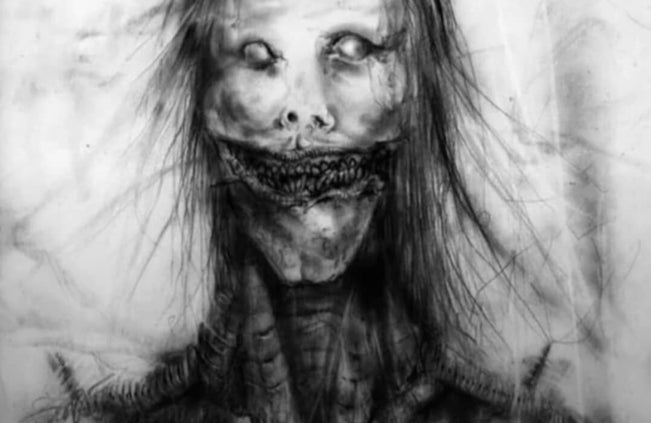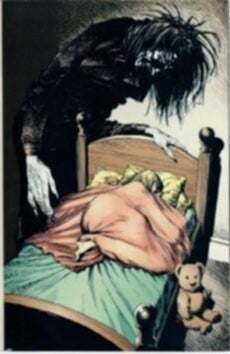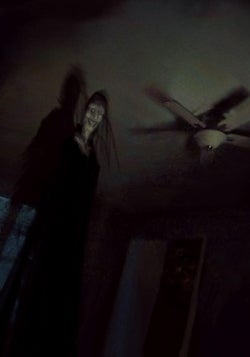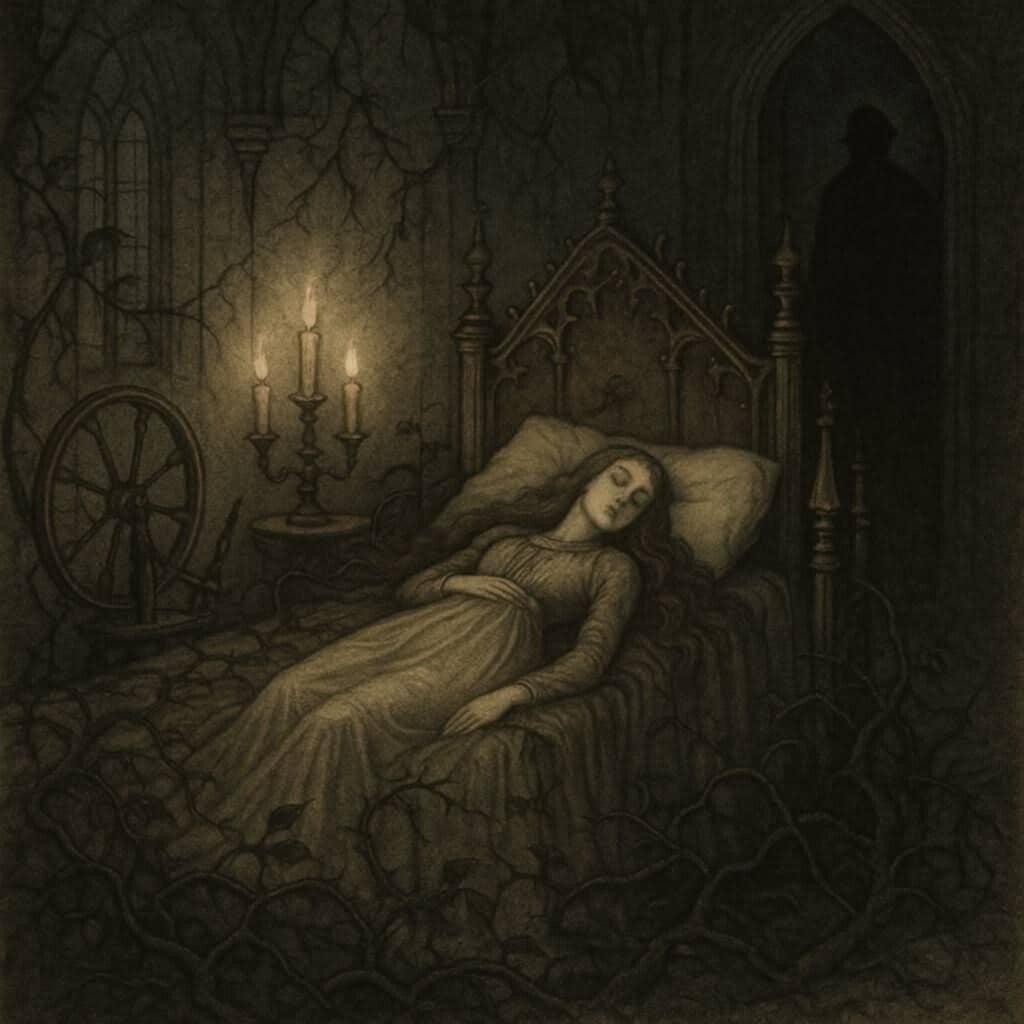Folklore, Cryptids, & Other Creepy Stuff
The Importance of Cryptozoology
Throughout history, cultures around the world have told stories of mysterious and elusive creatures—many of which were long dismissed as myth or legend. Yet, time and again, some of these so-called cryptids have been proven real. The gorilla, once thought to be a fearsome jungle myth, was confirmed by Western science in the mid-19th century. The okapi, a shy forest-dwelling relative of the giraffe, remained hidden from modern science until the early 1900s. And the coelacanth, a prehistoric fish believed extinct for 65 million years, was found alive and well in 1938. Cryptozoology has the potential to reveal unknown biodiversity, enhance our understanding of animal behavior, and illuminate the foundations of myth and folklore...these surprising discoveries also remind us that the line between myth and reality isn’t always as clear as we think
Dobhar-chú

The Dobhar-chú (pronounced dower-coo) is a creature from Irish folklore, often described as a mythical lake monster or water hound. Its name translates to "water dog" in Irish, and it's said to inhabit isolated lakes and rivers, particularly in the western parts of Ireland.
The Dobhar-chú is typically portrayed as a large, otter-like creature, sometimes as big as a horse, covered in dark fur, with a sleek, powerful body adapted for swimming, possessing razor-sharp teeth, and aggressive behavior.
A woman named Grace McGloighlin was allegedly killed by a Dobhar-chú in the 18th century in Glenade Lake in County Leitrim. Her husband is said to have avenged her death by killing the creature, and a gravestone depicting the Dobhar-chú can still be seen in the local cemetery.
Little Red Riding Hood
In its earliest incarnations, Little Red Riding Hood is a far cry from the gentle bedtime story familiar to modern audiences. The wolf is not just a fearsome beast, but a calculating predator. In some versions, he not only devours the grandmother but goes a step further—tricking Little Red Riding Hood into unknowingly eating her own kin, disguised as a meal. These chilling details reveal the tale’s underlying themes of manipulation, vulnerability, and the lurking dangers beneath innocence.
Some renditions delve even deeper into darkness. The girl is coaxed into bed with the wolf, who instructs her to undress and burn her clothing—a symbolic gesture often interpreted as the surrender of innocence. These elements reflect complex motifs of sexual awakening and peril, casting the story as a cautionary tale for young girls. It warns of the risks of straying from the path, of misplaced trust, and the importance of listening to the protective guidance of elders.
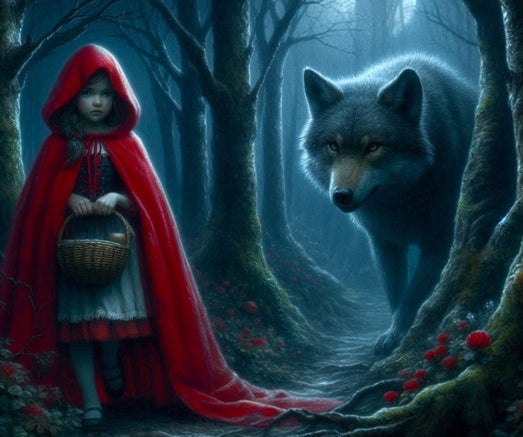
The Phooka
The phooka is a shapeshifter from Irish folklore, its most common forms include a dark horse, a goat, rabbit, dog, goblin-like humanoid, a beautiful human, or a terrifying monster, depending on its mood or intention. Their behavior ranges from harmless mischief to frightening chaos. They may speak in human language, offering cryptic warnings or riddles. Sometimes they lead travelers astray, or spook livestock. In stories where it appears as a horse, it might offer a ride to a human—only to go on a terrifying, uncontrollable gallop through brambles, bogs, and rivers, before dumping the rider far from home. But in other tales, it protects people, offers prophecies, or even rewards kindness with help or treasure.
Sandman
We all know the tale of the Sandman—the gentle figure who sprinkles dust into our eyes to lull us to sleep. But few have heard of the other Sandman, a creature that shares the name but none of its kindness. This Sandman is a thing of nightmares. Its skin is like that of the long-dead—decayed, gray, and stretched too tightly over bone. Its fingers are grotesquely long, tipped with blackened nails, and its mouth is filled with rows of jagged, needle-like teeth. It lurks just beyond the edge of vision, cloaked in shadow. From the darkness, it whispers a strange, rhythmic chant: "Tik toc... tik toc..." The sound seeps into the ears of its chosen victim, dragging them helplessly into a deep, unnatural sleep. Once the victim is unconscious, the Sandman creeps from its hiding place and feeds. It only needs to consume one soul per night—but sometimes, it kills simply for pleasure.
